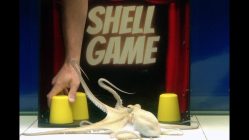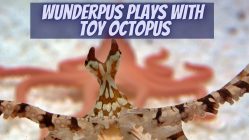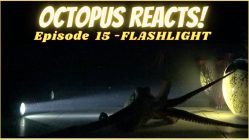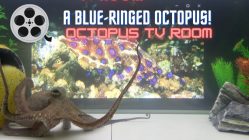
As the Ghost Octopus is a newly-found species, discovered as recently as 2016, not much is known about it. Since no specimens have been collected yet, the only data available to scientists come from the live footage recorded by a submarine probe and some observations from other sightings.
Ghost Octopus Facts
- Scientific Name : Νot Νamed yet
- Common Name: Ghost Octopus
- Size: 12 cm
- Weight: Unknown
- Lifespan: Unknown
- Found in: Pacific Ocean
- Sub-Order: Incirrina
- Discovered: 2016
- Scientific Name : Νot Νamed yet
- Common Name: Ghost Octopus
- Size: 12 cm
- Weight: Unknown
- Lifespan: Unknown
- Found in: Pacific Ocean
- Sub-Order: Incirrina
- Discovered: 2016
This terrific creature was found at a depth of 4,290 metres, lying on the ocean floor. The Ghost Octopus is an octopus unlike any one seen before, and it was named thus due its milky white appearance.
—Meet Casper, the Ghost Octopus—

The Deep Discoverer, also known as D2, is an unmanned exploration vehicle of the US National Oceanic and Atmospheric Administration (NOAA).
Back in February 2016, the D2 was on a mission around the northwest of Hawaii, near the Necker Island, when it encountered a peculiar and strange creature: it was an octopus unlike any one seen before, and it was named the Ghost Octopus due its milky white appearance. This terrific creature was found at a depth of 4,290 metres, lying on the ocean floor.
—An Untypical Incirrate?—

Octopuses are divided into two sub-orders, the Incirrina or Incirrata and the Cirrina or Cirrata. Cirrate octopuses have certain distinctive characteristics: unlike incirrine octopuses, they possess a small, internal shell and two fins on their head. Also, the sucker of cirrate octopuses has a pair of small strings resembling cilia, which probably facilitate the transfer of food to the mouth of the octopus by creating currents in the water. Finally, cirrate octopuses do not possess an ink sac.
The Ghost Octopus was an amazing discovery because it does not possess fins, a fact that leads us to categorize it as an incirrate. But incirrates are reported to inhabit depths less than 4,000 meters whereas cirrate octopods have been reported to inhabit the depths where the Ghost Octopus was encountered. Besides, the Ghost Octopus has such a strong resemblance with the Dumbo Octopus it is hard to believe that they do not belong to the same sub-order.
—Physical Attributes—
Similar to other species living so deep, such as, for example the Glass Octopus, the Ghost Octopus lacks the pigment containing cells known as chromatophores which are responsible for the impressive camouflage of other octopus species. This is why its skin is so white and why it looks so much like a ghost. The absence of light at the depths where the Ghost Octopus is found makes camouflaging unnecessary. Also, again like the Glass Octopus, the arm of the Ghost Octopus only has a single line of suckers instead of two.
Moreover, its body appears to be more gelatinous and less muscular than other species. Considering the lack of food sources in the deep sea, it should come as no surprise that the Ghost Octopus does not waste valuable energy to construct more muscles.
—A New Friend For SpongeBob?—
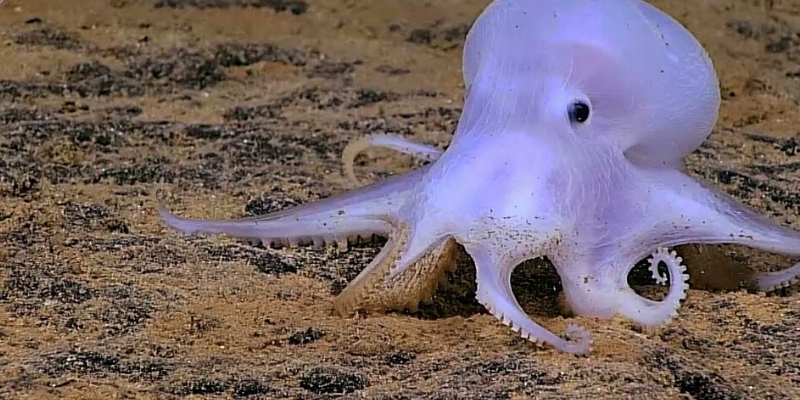
The Ghost Octopus has been observed to give birth on dead sponges. It attaches its eggs to the stalk of the sponge and then settles on it to guard and clean the clusters of eggs until they hatch.
This special relationship of the Ghost Octopus with sponges may not have such a happy ending…This particular kind of sponges grows on a rock called the manganese nodule. This mineral contains valuable metals and many countries are planning to create underwater mines in order to exploit their deposits.
Scientists are warning that such an endeavour will most probably lead the Ghost Octopus to extinction, as it will no longer have a safe place to lay its eggs.





